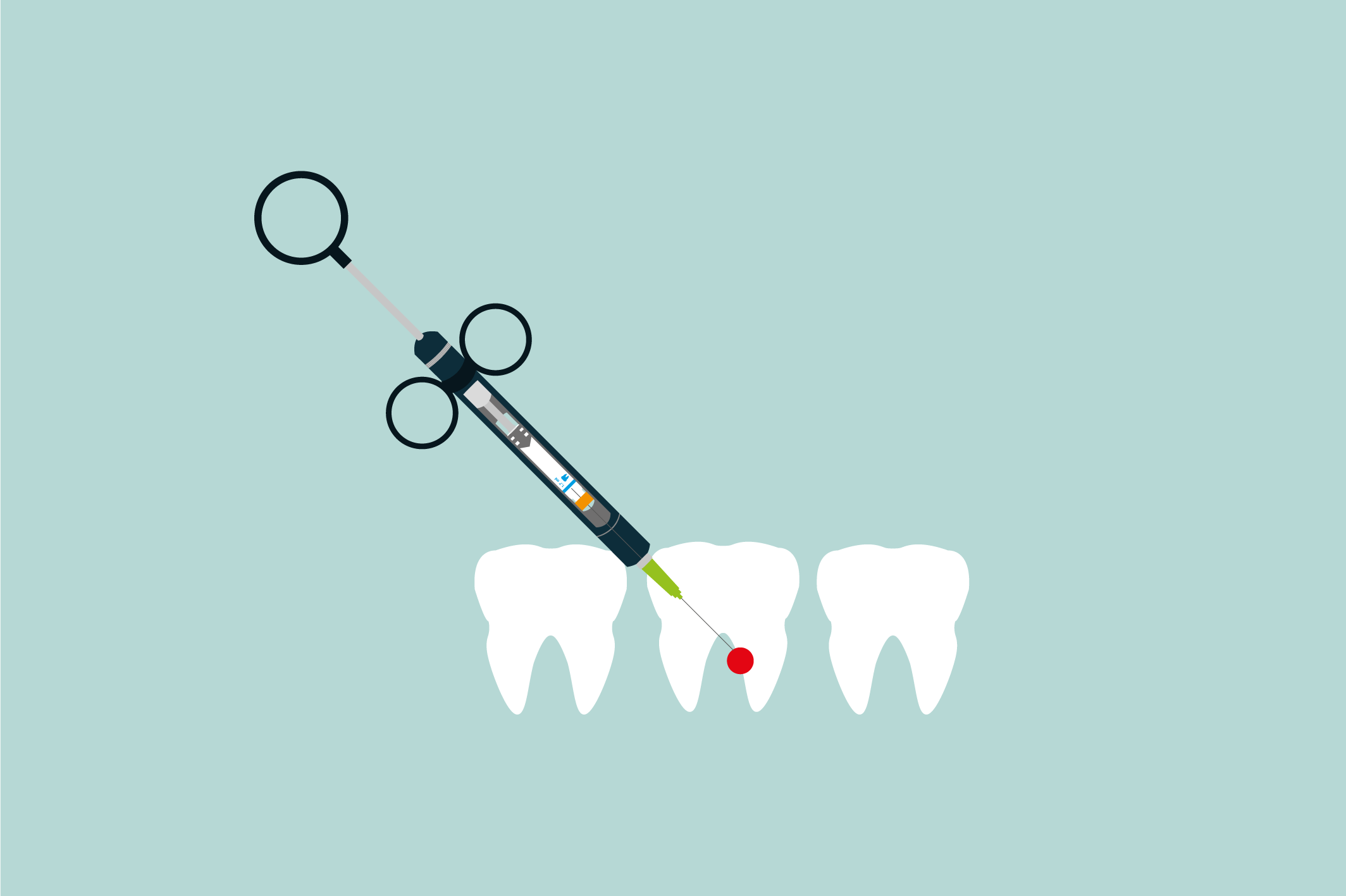Sunglasses
25.00$
Call us for any question
+90 544 525 47 81Kazlıçeşme Mah. Kennedy Cad. Büyükyalı
İstanbul Sitesi H Blok No:52, 34020
Office Hour: 08:00am - 19:00pm
[email protected]



Open round the clock for conve-nience, quick and easy access
Cost-efficient, comprehensive and clinical laboratory services
Qualified and certified physicians for qulity medical care
